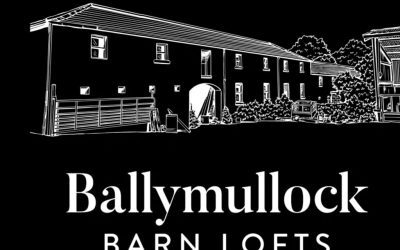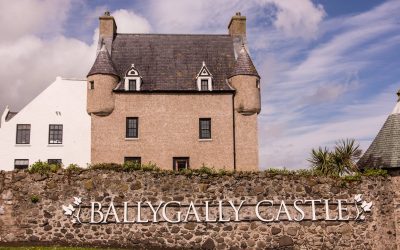Cranny/Gortin Falls

This walk lies just behind Carnlough Village, which is 15 miles (24.2km) north of Larne and 15 miles south of Cushendun along the A2 Coast Road.
This is a linear (compulsory return) off road path covering a distance of 3 miles (4.8km) to Cranny Falls and back plus an operation 0.5 miles (0.8km) to the viewport of Gortin Quarry. Allow 1 hour. Dogs must be kept on a lead as sheep may be grazing nearby.
This is an easy walk as it is on a very gentle incline. The path to Gortin viewpoint is steeper but shorter.
Parking is available in the town or at Glenlough Community Centre car park, off Croft Road. For the less-able bodied a limited number of parking spaces are available at the entrance of Cranny Falls. Take the Waterfall Road to the entrance gates. Please note that Waterfall Road is a Private Road and vehicular access is for the disabled only.
Refreshments are available in the many hostelries in Carnlough village. Public toilets are situated in the car park at Herbert Street.
From Carnlough, take the steps going uphill beside the ‘Harbour Lights’ building. This takes you around to the right and across a bridge over the main road. This path soon takes you to Glenlough Community Centre car park which is the alternative place to park. A whiting mill formerly stood on the site of the community centre. It used to grind limestone from the nearby quarries, for industrial use. Follow the long path up to Gortin. This is was the bed of the mineral railway line. It was built in 1854 to transport limestone to the mill and the harbour. Walkers have the option to explore Gortin quarry where there are superb views across Carnlough Bay or you can go direct to Cranny Falls a local nature reserve. These mini landscapes with their old spoil heaps, are ‘species rich limestone grasslands.’
To get to the viewpoint in Gortin, follow the signs that direct you up the short climb into the quarry. To enjoy the views retrace your steps to the bottom of the hill, and follow the signs through the quarry towards Cranny Falls. Cross the waterfall road and follow the path directly opposite. Hazel also thrives on the alkaline soil, which in turn supports a vibrant population of red squirrels.
Cranny is Gaelic for ‘place of many trees,’ but today the carpets of bluebells on the surrounding agricultural fields in the spring are all that remain of the former woodlands. A viewing platform over the Carnlough river allows the waterfall to be appreciated in its splendour.
Information gained from Walk NI – walkni.com/wp-content/uploads/Larne-Country-walks.pdf




